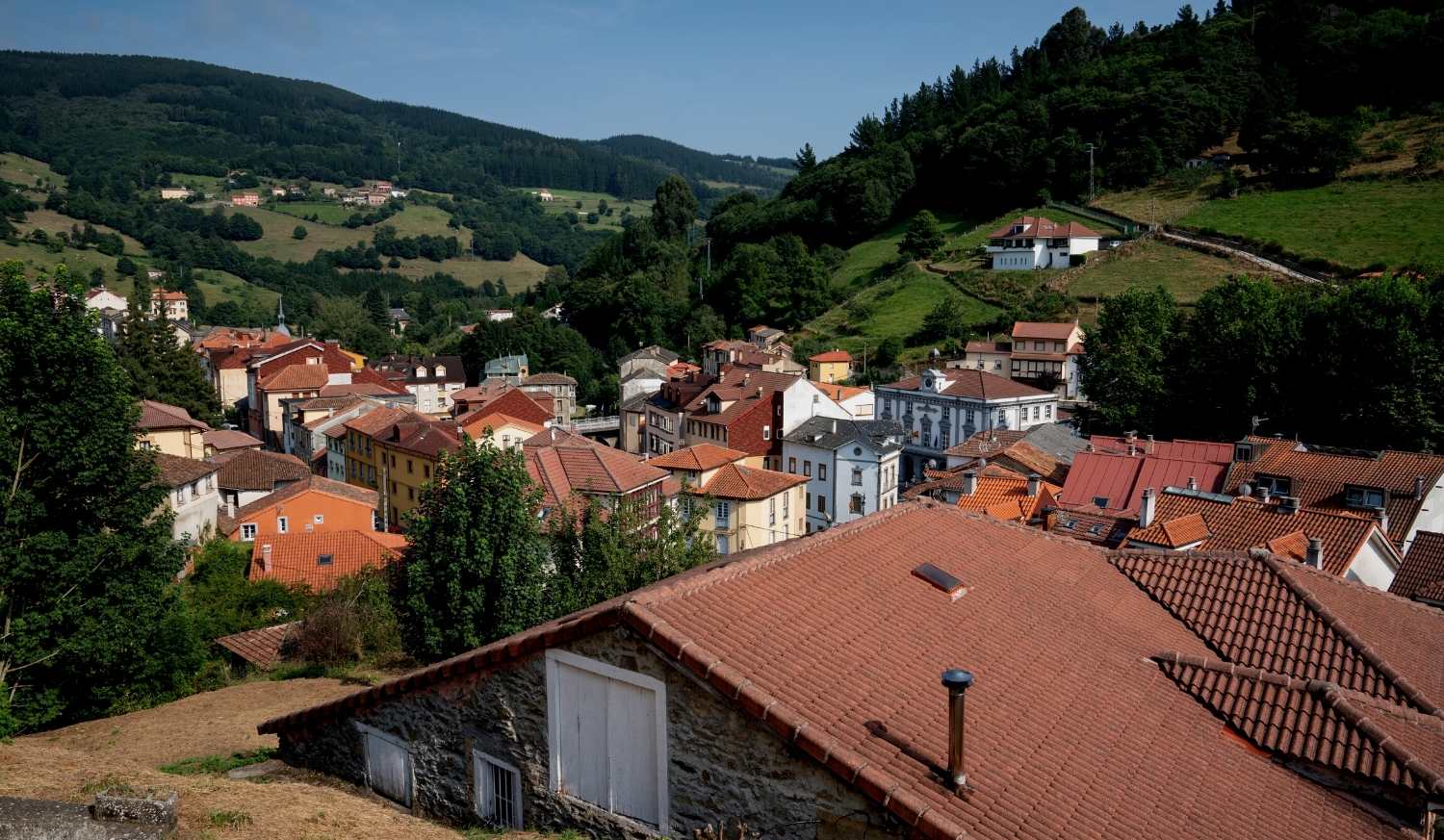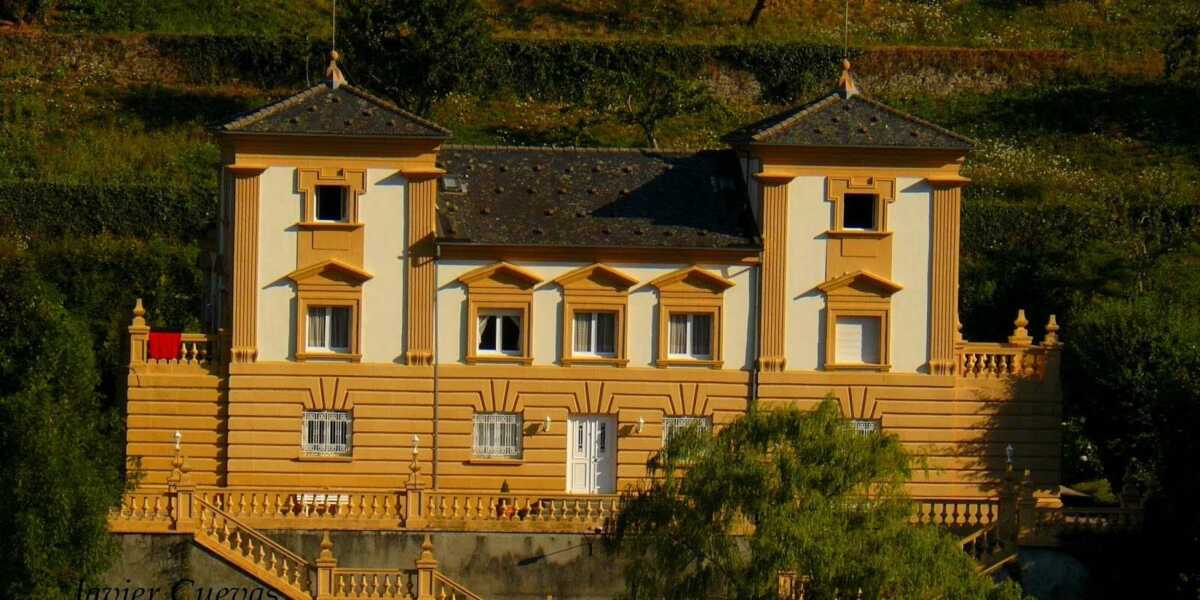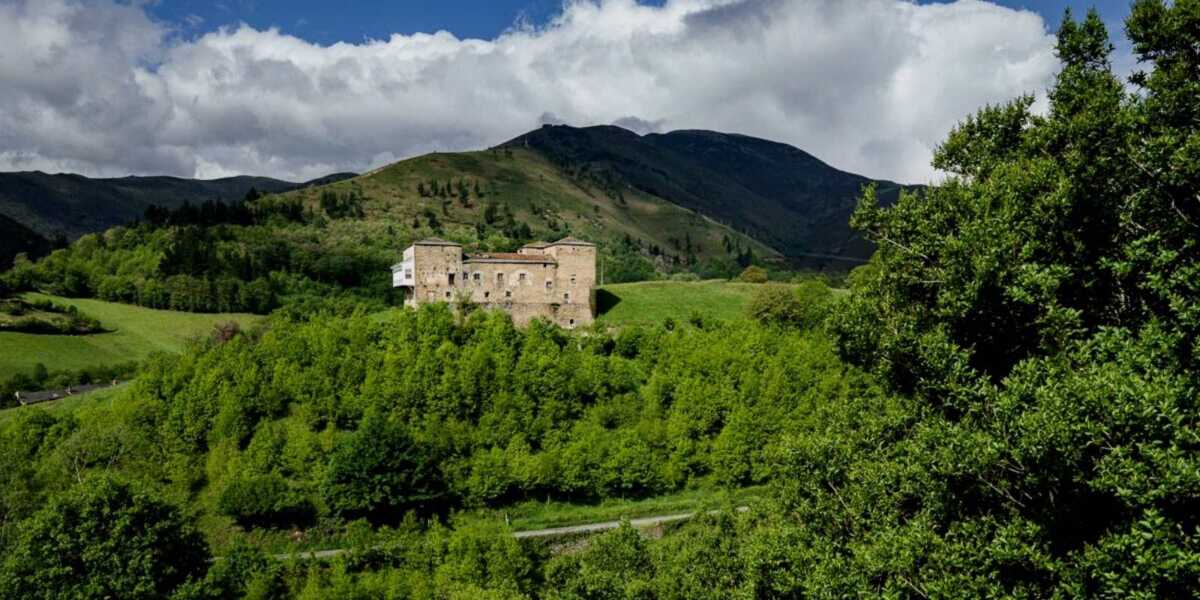
Information about Pola de Allande
Pola de Allande is the capital of the council of Allande, the most inland municipality of the Comarca Vaqueira, one of the most unknown of Asturias. It has a mountainous relief, which highlights its landscapes and villages of incomparable and archaic beauty.
Its rugged territory is structured by the Sierra de los Lagos, which divides Allande into twoareas with different history, cultural traits and languages. Both areas are known as Palo p’aco and Palo p’aló, since the Puerto del Palo is the border between them.
For pilgrims on the Pilgrims’ Route to Santiago de Compostela, finding a place like Pola de Allande along the way is a real gift. A village that welcomes the pilgrim with a track that was formerly in disuse and that the City Council has enabled to eliminate sections of road and which has installed a fountain. But the best thing about coming to this town is not to pass through but to stay.
What to see and do in Pola de Allande
Indian architecture
Waves of emigration to America that peaked in the first decades of the twentieth century marked an era in the history of the Pola de Allande. The emigrant who has returned to his land of origin
having fulfilled the “golden dream” , is known as a The “ indiano” and its houses simulating small palaces, with large landscaped spaces, make up the indiano architecture of Allande, which can be seen in the capital of the council, in the centre of which the Monument in Honour of the Emigrant pays tribute to all emigrants.
Palacete de Ramos Ron
Also known as the “Chalet de Colasa” it was designed in neoclassical style by the architect from Cangas de Narcea José Gómez del Collado (1.910 – 1.995) on a very uneven terrain. The building was commissioned by Manuel Ramos Flórez born in 1890, who emigrated young from his native Pola and before settling in the Dominican Republic was in Cuba and Puerto Rico. He dedicated himself to commerce, being related to the famous stores “La Opera”. D. Manuel was the son of José and Nicolasa, hence the name Colasa. He married Carmen Ron, a teacher by profession, with whom he had no children, but Carmen was the widow of his brother Santiago and with him he had had two children, Mª Carmen and José, the latter died young in a traffic accident. D. Manuel was Mayor of Pola de Allande and a street is named after him.
Palace of Cienfuegos of Peñalba
Located on a hill near Pola de Allande, it was built on an ancient castro. It belonged to the lineage of the Ponce family, then to the counts of Luna and, from 1515 until the last century, to the Cienfuegos family. It was rebuilt around 1520 by Rodrigo González de Cienfuegos, Lord of Allande, on the basis of a primitive building from the 14th century. Later it underwent several remodelling works, so that only the lower part of the Gothic period is preserved. In the 18th century it was reformed to adapt it to the palatial residence of the Count of Peñalba.












